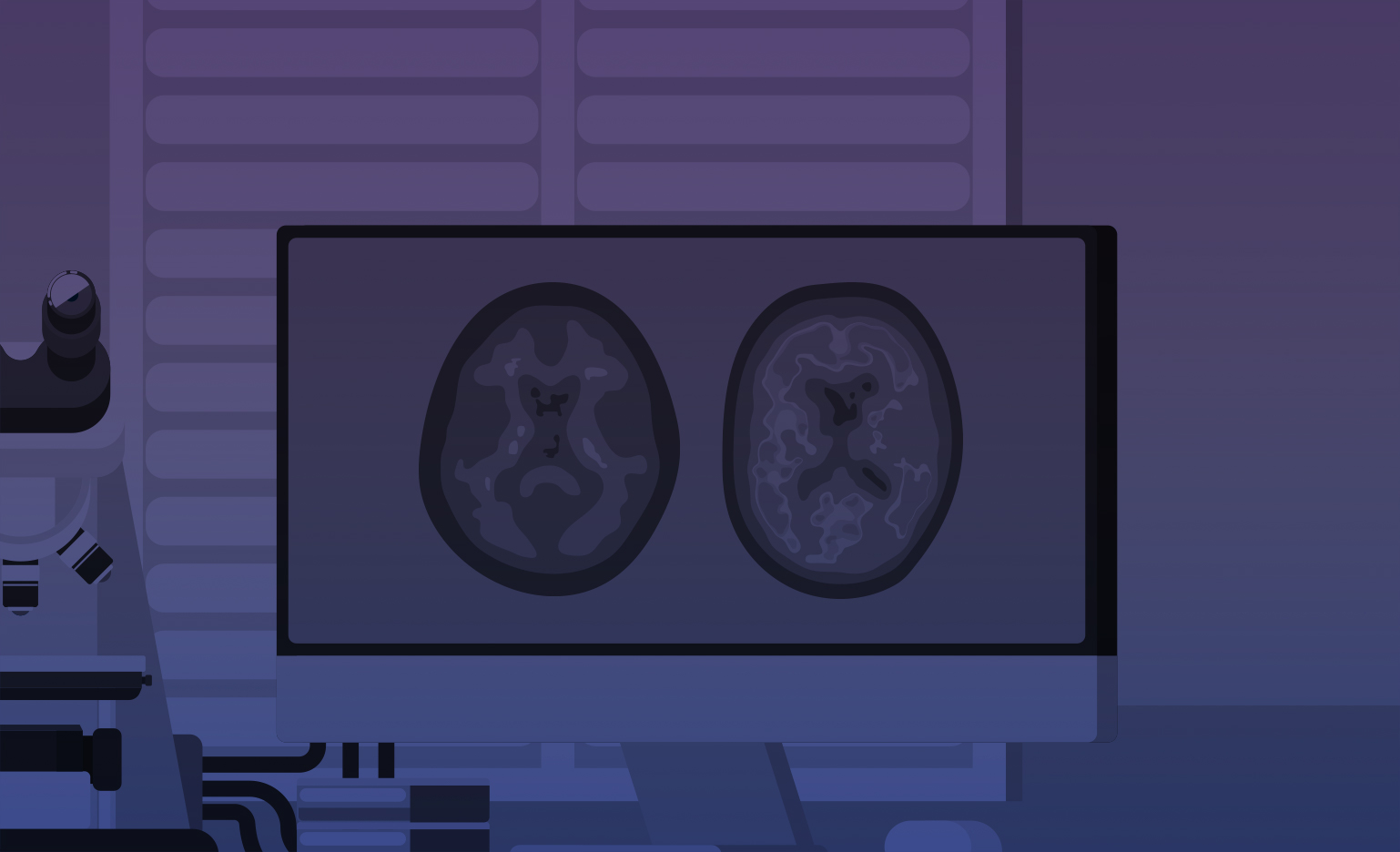TUFTS Medical Center
TUFTS Medical Center
Covert Cerebrovascular Disease Detected by Artificial Intelligence (C2D2AI): Pilot Investigation for Pragmatic Neuroimaging Biomarkers for Future Stroke and Dementia Risk
Covert cerebrovascular disease (CCD), comprising covert brain infarction (CBI) and white matter disease (WMD), reflects vascular damage to the brain that does not result in overt neurological symptoms. CCD is commonly found incidentally on neuroimaging scans obtained in routine care (e.g., when head CTs or MRIs are obtained for complaints such as headache, dizziness or a fall). Epidemiologic studies based on MRI-screened cohorts indicate CBI is far more common than clinically-evident stroke, and that WMD is even more common. Both types of CCD are very strong, independent risk factors for future stroke and dementia. However, screening for CCD is not done in clinical practice. Indeed, both patients and their providers are typically unaware of these findings even after detection; so this abundant, readily available and prognostically important information is usually ignored. We believe that this information can be leveraged for stroke and dementia prevention. We have developed natural language processing (NLP) algorithms to identify patients with CCD from textual neuroimaging reports. We have created a real-world cohort comprising approximately 250,000 stroke- and dementia-free patients over age 50 who received either head CT or MRI. We have performed the first large scale study of this entity and have found that incidentally-discovered CCD is common and a strong predictor of future clinically-evident stroke and dementia. While this cohort has yielded important insights, there are substantial limitations. In particular, we anticipate that much more detailed and higher quality information would be extractable from direct imaging analysis then from NLP of the text reports. The goal of this project is to develop a clinically useful algorithm using deep neural networks that can directly read routinely obtained neuroimages at scale and relate findings to future stroke and dementia outcomes to support studies seeking to prevent dementia in this novel high risk population.

